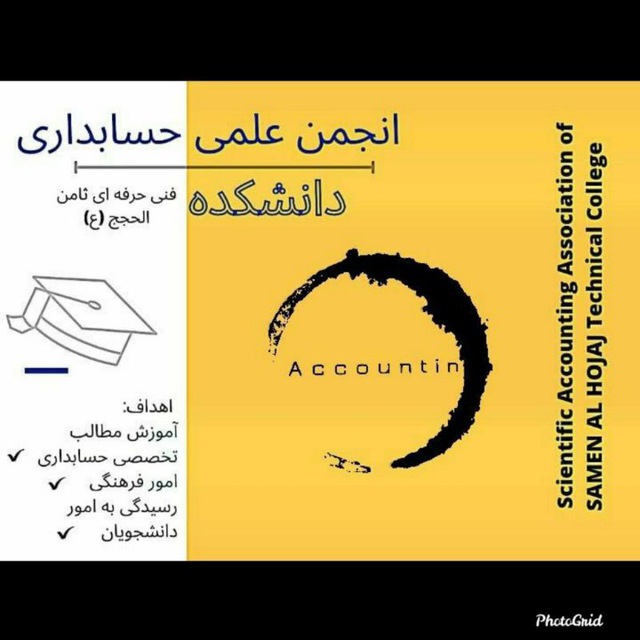What is the nature of the account?
As you know, the main accounting equation includes assets on the right side and liabilities and capital on the left side, and all accounts (with the exception of administrative accounts) are related to the right side or the left side of the equation according to their type. are:
Assets = Liabilities + Capital
Considering that any type of financial event causes changes in the accounts and increases or decreases them and then causes changes in the above equation, it should be recorded.
According to the accounting rules, the right side of the accounting equation has a debit nature and the left side has a credit nature, and for this reason, the accounts that belong to the right side of the accounting equation are assigned the debit nature and the accounts that belong to the The left side of the accounting equation is called an account with a creditor nature (note that the meaning of debtor and creditor in accounting is different from what is common in society).
An accounting document is used to record the changes made in the mentioned accounts, and instead of the words increase and decrease, the title of debtor or creditor is used.
The general rule of recording changes in the accounts belonging to the right side of the accounting equation (debtor accounts):
An increase in accounts with a debtor nature (that is, belonging to the right side of the accounting equation) is recorded in the debtor column
A decrease in accounts with a debtor nature (that is, belonging to the right side of the accounting equation) is recorded in the creditor column
The general rule of recording changes in the accounts belonging to the left side of the accounting equation (creditor accounts):
This part is exactly the opposite of the right part of the accounting equation as follows:
The increase in accounts with a creditor nature (that is, belonging to the left side of the accounting equation) is recorded in the creditor column
The decrease in accounts with a creditor nature (i.e. belonging to the left side of the accounting equation) is recorded in the debtor column.
Note: At the end of the year, accounts with a debit nature must have a debit balance and accounts with a credit nature must have a credit balance, otherwise a correction must be made and the balance transferred to the related account.
Types of nature of accounts:
According to the nature of the debtor and creditor defined above, the accounts have 4 states:
1- The nature of the debtor:
Debtor accounts include accounts of current assets, fixed assets, expenses and cost.
2- The nature of the creditor:
Creditor accounts include current liabilities, long-term liabilities, capital and income accounts.
Note: The nature of some accounts is determined according to their effect on increasing or decreasing the amount of the company’s capital or assets. Income account, expense and depreciation reserve are among these.
Accounts of the income group have a creditor nature due to the increase of capital, and accounts of the expense group have a debitor nature due to the decrease of the capital. Depreciation reserve account also has a creditor nature as it reduces assets.
3- Accounts with dual nature:
which can be placed either on the right side of the accounting equation or on the left side and their balance at the end of the year can be debit or credit like the current account of the partners
4- Hub account without substance:
This group includes accrual accounts and changes in them are not considered financial events. Administrative accounts are among these accounts.
#العلمي_حسبداري_إمان_الحجج
@unisamenAccounting
@accounting_samen
This post is written by Behzad_vf
